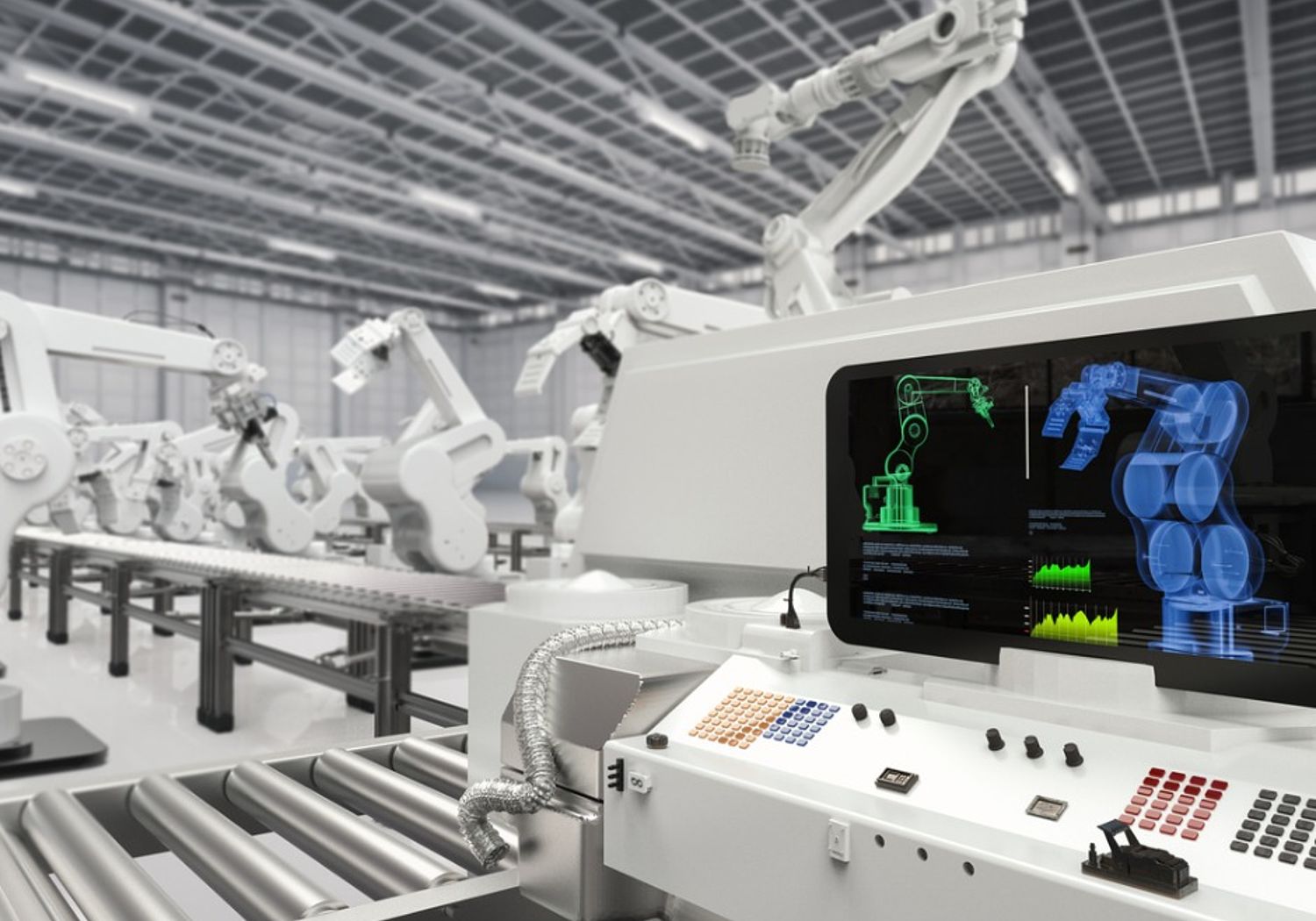2021-12-28

The UK’s National Physical Laboratory (NPL) has run a Foresighting project to explore the implications of new technologies and trends which may change why and how we perform measurements in the future. Using a well-established set of tools to gather information on emerging trends, detailed input was collected from industry and technology experts and carefully analysed.
The key trends and technological advances which will impact measurement and society all over the world were identified. The findings are presented in a report titled ‘Technology and Measurement Foresighting’ and through six example industries, overarching, game-changing technologies are highlighted.
Technology and Measurement Foresighting has concluded that metrology in the 2030s will have three key priorities:

Metrology Enables Technology
Changes in technology, society and industry make constant demands on metrology and measurement systems. In order to have confidence in emerging technology, encourage widespread adoption and safe roll out, the measurement infrastructure must be developed in parallel with these advances.
To present the Foresighting findings, NPL developed visions for six example industries: Built environment, Energy, Food production, Healthcare, Manufacturing and Transport providing an insight into possible developments in technology and measurement in the 2030’s with many technical advances highlighted which could have multiple applications across different industries.
Manufacturing will become more complex as supply chains become interdependent, digital and international. Future manufacturing systems will be enabled by a large variety of digital solutions and intelligent data driven tools, which will result in the full digitisation of manufacturing and sustainable resource management. Responsive and agile manufacturing systems will emerge, which use innovative production techniques and rely on continuous measurement and product verification through digital or virtual methods.
– Digital Design – All manufacturing will rely on digital design as product function, user requirements, material properties, and processing and fabrication strategies flow from a single source.
Measurement will enable development of materials by design, virtualisation and product innovation through modelling. Measurement will allow new parts and products to enter service safely without being subjected to a physical test
– Smart – Intelligent data driven tools will manage responsive, productive and efficient manufacturing systems, supporting the circular economy as resources become scarce. Examples include: smart contracts and distributed ledgers, autonomous and co-operative robotics, exoskeletons, human enhancement.
Measurement will enable process analytics, help control manufacturing processes, enable rapid demand forecasting, and provide trusted data through digital certification.
Foresighting highlights technological trends for metrology based on its vision for manufacturing:
– Continuous measurement throughout the supply and manufacturing chain will be enabled by advanced imaging, sensors and monitoring.
– Digital calibration certificates will be held on global distributed ledgers and, combined with digital and machine readable standards and regulations, will enable virtual verification and calibration.
– Digital product verification methods will be enabled by dynamic propagation of measurement uncertainty through performance models.
Technological advances
Foresighting has highlighted key technological advances which will require or enable metrology:
• Advanced nano- and biotechnology for medical application and human enhancement.
• Hyperspectral imaging for sensing and automation.
• Novel and meta-materials for sustainability and low-loss, low noise and low-power electronics.
• Quantum communication and cryptography for seamless and secure sharing of data.
• Quantum, photonic, neuromorphic and spin-based computers for low power, high performance computation.
• Quantification and processing of multi-scale, multimodal data for automated, model-based, decision-making.
• Quantitative biology for the application of precise engineering discipline in medicine and pharmaceutical sciences.
• Wireless electricity, energy harvesting from the environment and micro-generation for self-powered devices.
These trends and technologies represent the changes that will impact why and how we perform measurements, and therefore the implications for the future of metrology and NPL’s future research priorities.
